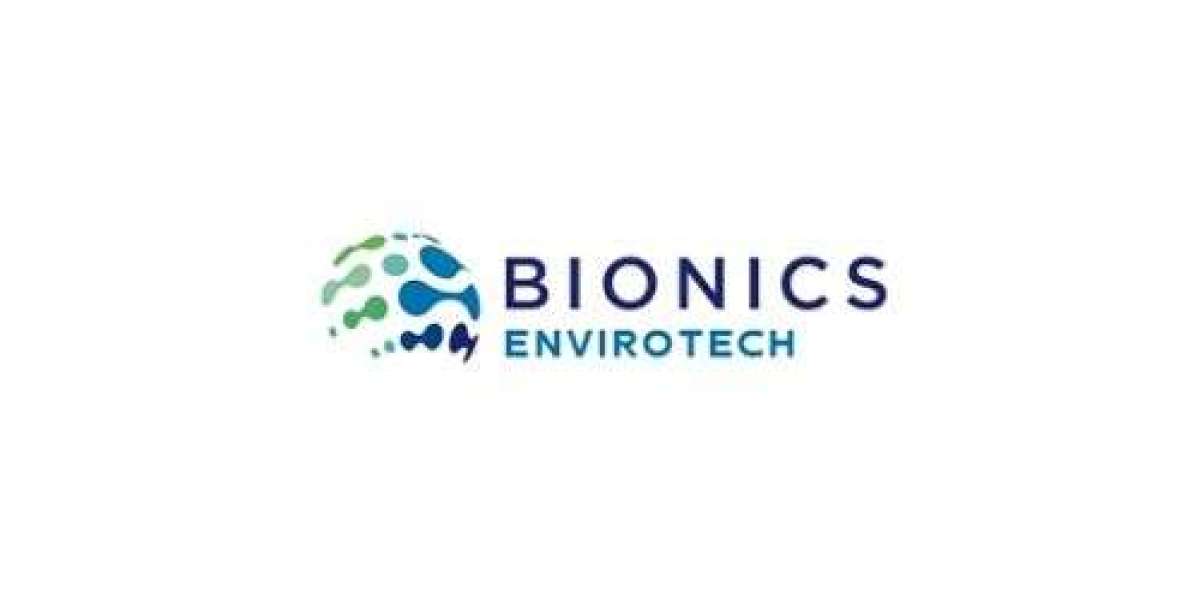In the realm of microbiology and medical science, aerobic bacterial culture treatment plays a pivotal role in diagnosing and managing bacterial infections. Aerobic bacteria are microorganisms that thrive in oxygen-rich environments, and their identification through culture techniques is essential for effective treatment. This blog delves into the significance of aerobic bacterial culture treatment, its process, applications, and how it aids in combating infections.
What is Aerobic Bacterial Culture?
Aerobic bacterial culture is a laboratory technique used to grow and identify bacteria that require oxygen to survive. These bacteria are commonly found in various environments, including the human body, where they can cause infections if they overgrow or enter sterile areas. By isolating and identifying these bacteria, healthcare professionals can determine the most effective treatment plan.
The Process of Aerobic Bacterial Culture
Sample Collection: The first step involves collecting a sample from the suspected infection site. This could be blood, urine, sputum, wound swabs, or other bodily fluids.
Inoculation: The collected sample is then inoculated onto a culture medium that provides the necessary nutrients for bacterial growth. Common media include agar plates, broth, or specialized selective media.
Incubation: The culture is placed in an incubator at a temperature conducive to bacterial growth (usually 35-37°C). The incubation period can range from 24 hours to several days, depending on the type of bacteria.
Identification: After incubation, the grown bacteria are examined under a microscope and subjected to biochemical tests to identify the specific species. Advanced techniques like MALDI-TOF mass spectrometry or PCR may also be used for precise identification.
Antibiotic Sensitivity Testing: Once the bacteria are identified, antibiotic sensitivity testing is performed to determine which antibiotics are most effective against the isolated strain.
Applications of Aerobic Bacterial Culture Treatment
Diagnosis of Infections: Aerobic bacterial cultures are crucial for diagnosing infections such as urinary tract infections (UTIs), respiratory infections, wound infections, and sepsis.
Guiding Antibiotic Therapy: By identifying the specific bacteria and their antibiotic sensitivities, healthcare providers can prescribe targeted antibiotics, reducing the risk of antibiotic resistance.
Monitoring Treatment Efficacy: Repeat cultures can be used to monitor the effectiveness of treatment and ensure the infection is fully eradicated.
Public Health Surveillance: Aerobic bacterial cultures are used in public health to track and control outbreaks of bacterial infections.
Benefits of Aerobic Bacterial Culture Treatment
Accuracy: Provides precise identification of bacterial pathogens.
Targeted Treatment: Enables the use of specific antibiotics, minimizing side effects and resistance.
Prevention of Complications: Early detection and treatment prevent the spread of infections and reduce the risk of complications.
Challenges and Considerations
While aerobic bacterial culture treatment is highly effective, it has some limitations:
Time-Consuming: The process can take several days, which may delay treatment in critical cases.
Contamination Risks: Improper sample collection or handling can lead to contaminated cultures, yielding inaccurate results.
Cost: Advanced identification techniques can be expensive, though they are often justified by their accuracy.
Conclusion
Aerobic bacterial culture treatment is an indispensable tool in modern medicine for diagnosing and managing bacterial infections. By isolating and identifying aerobic bacteria, healthcare providers can tailor treatments to the specific pathogen, improving patient outcomes and reducing the risk of antibiotic resistance. While the process has its challenges, advancements in technology continue to enhance its efficiency and accuracy. For anyone dealing with bacterial infections, understanding the role of aerobic bacterial culture treatment is a step toward better health and recovery.
If you suspect a bacterial infection, consult a healthcare professional who can guide you through the diagnostic process and recommend the appropriate treatment. Early detection and targeted therapy are key to overcoming bacterial infections effectively.
Website Link : https://bionicsenviro.com/aerobic-microbial-culture/



